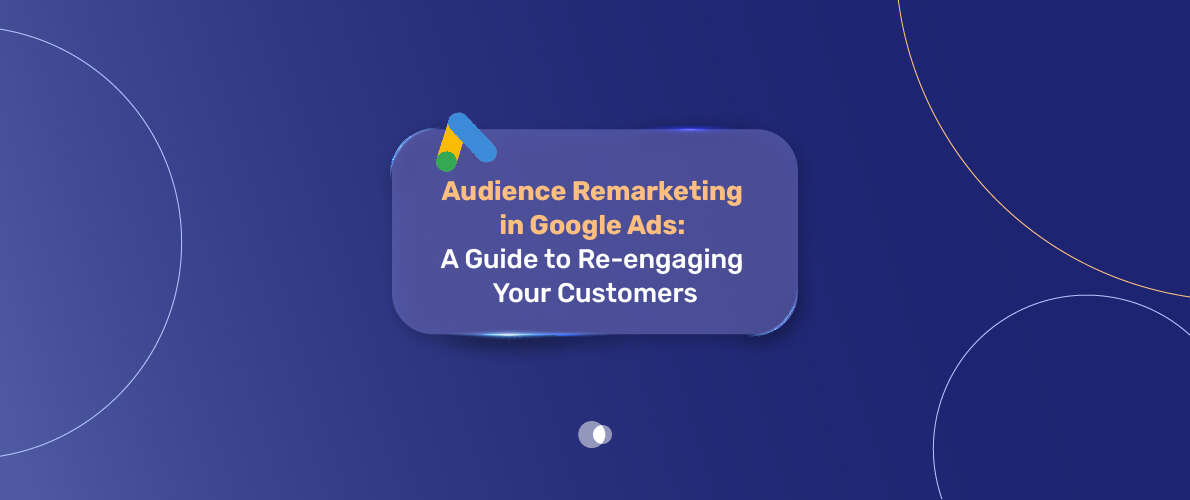Imagine you run a Dubai-based online store selling luxury watches. A customer visits your site, browses a sleek Rolex, adds it to their cart, but leaves without buying. Frustrating, right? That’s where Audience Remarketing in Google Ads swoops in like a superhero, bringing those lost visitors back with targeted ads.
Table of Contents
This powerful strategy lets you reconnect with people who’ve shown interest in your business, boosting conversions and maximizing your ad spend. In this guide, we’ll break down how Audience Remarketing in Google Ads works, why it’s a must-have, and how to set it up for success—whether you’re a small business or working with a Google Ads Agency Dubai.
What is Audience Remarketing?
Audience Remarketing in Google Ads, often called retargeting, is a strategy that shows ads to users who’ve previously visited your website or app. By placing a tracking tag on your site, you collect data on user actions—like browsing products or abandoning carts—and use it to serve tailored ads across Google’s Display Network, YouTube, or Search.
It’s like giving your brand a second chance to win over interested prospects. For example, that Rolex shopper might see an ad for the same watch while browsing a news site, nudging them to complete the purchase.
This approach is effective because it targets “warm” leads—people already familiar with your brand. Research shows retargeted ads have a 0.7% click-through rate, 10x higher than standard ads, making Audience Remarketing in Google Ads a game-changer for businesses.
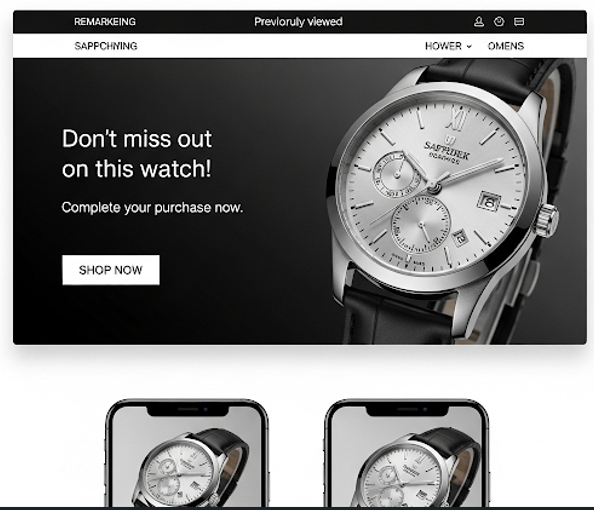
Why Use Audience Remarketing in Google Ads?
Remarketing isn’t just about chasing lost visitors; it’s about smart, cost-effective marketing. Here’s why Audience Remarketing in Google Ads shines:
- Cost-Efficiency: Remarketing ads on the Google Display Network cost ~$2.28 per 1,000 views, compared to $35.09 for standard PPC ads—a savings of over $32!
- Higher Conversions: Users clicking retargeted ads are 70% more likely to convert, with e-commerce seeing up to 150% conversion boosts.
- Personalization: Show ads for specific products users viewed, increasing relevance and engagement.
- Brand Recall: 26% of users return to a site after seeing a retargeted ad, keeping your brand top-of-mind.
| Benefit | Impact |
| Cost-Efficiency | Saves ~$32 per 1,000 views compared to standard PPC ads |
| Conversion Rate | 70% higher conversion likelihood for retargeted users |
| Personalization | Tailored ads boost engagement by up to 80% |
| Brand Recall | 26% of users revisit after seeing retargeted ads |
To Optimize Google Ads Account for remarketing, focus on these benefits to stretch your budget further and drive results.
Types of Remarketing Campaigns
Audience Remarketing in Google Ads offers various campaign types to suit different goals. Here’s a quick rundown:
| Type | Mechanism | Use Case | Key Benefit |
| Standard Remarketing | Ads to past visitors on Display Network | Brand awareness | Broad reach across 2M+ websites |
| Dynamic Remarketing | Ads for specific products viewed | E-commerce, cart recovery | Highly personalized product ads |
| RLSA | Tailored search ads for past visitors | High-intent searchers | Custom bids for warm audiences |
| Customer Match | Ads based on uploaded customer data | Loyalty, cross-selling | Targets existing customers |
| Video Remarketing | Ads to YouTube video/channel interactors | Video content engagement | Re-engages video viewers |
For instance, a Dubai retailer could use Dynamic Remarketing to show ads for abandoned cart items, while Google Ads Management Dubai experts might recommend RLSA for targeting searchers. Each type serves a unique purpose, so mix and match based on your goals.
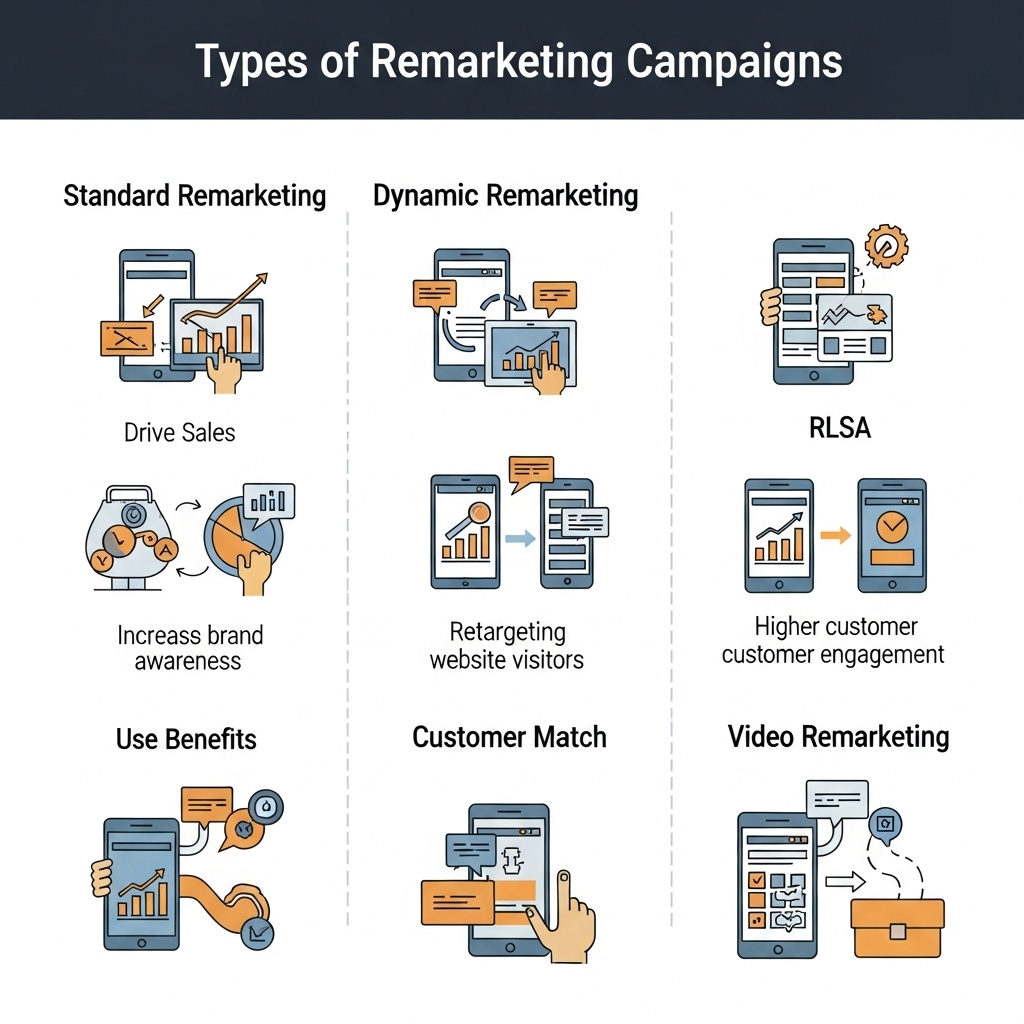
How to Set Up Audience Remarketing
Setting up Audience Remarketing in Google Ads is straightforward with the right steps. Here’s how to get started, whether you’re doing it yourself or partnering with a Google Ads Agency Dubai:
- Log into your Google Ads account
- Go to Tools and Settings > Shared library > Audience manager
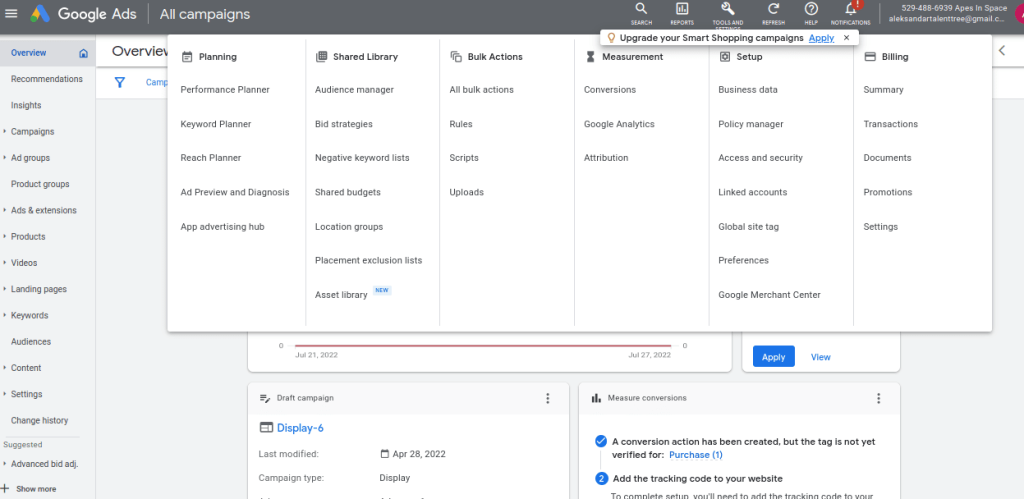
- Select “Your data sources” in the left-hand menu:
- Next, click on the three dots in the “Google Ads Tag” box.
- There, you can go through the initial setup.

- Be sure to select the second option: “Collect data on specific actions people performed on your website to show personalized ads.”
- Next, you’ll select your business type:
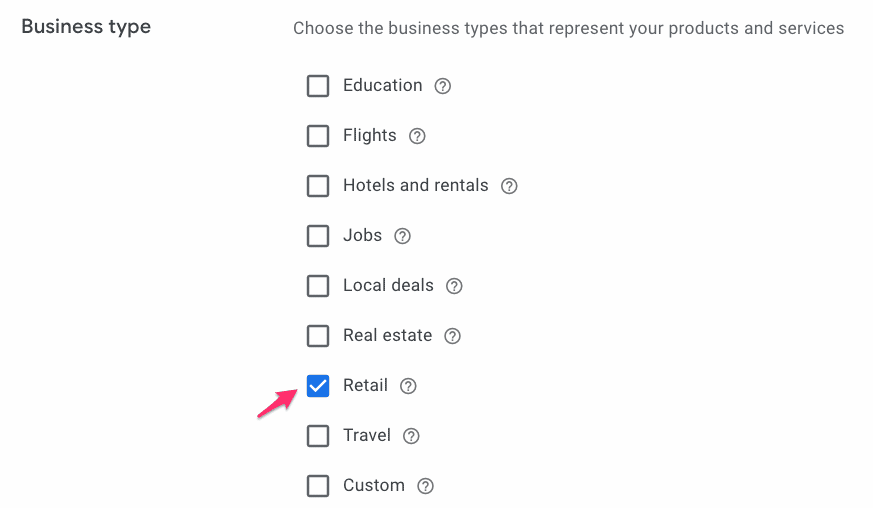
Note: Each business type has its own set of parameters, so if you’re running an online store, be sure to pick Retail to follow along!
Select Google Ads Tag, and at the bottom of the page, you can choose “Tag Setup.” There are three options:
- Install the tag yourself
- Email the tag (to your developer)
- Use Google Tag Manager
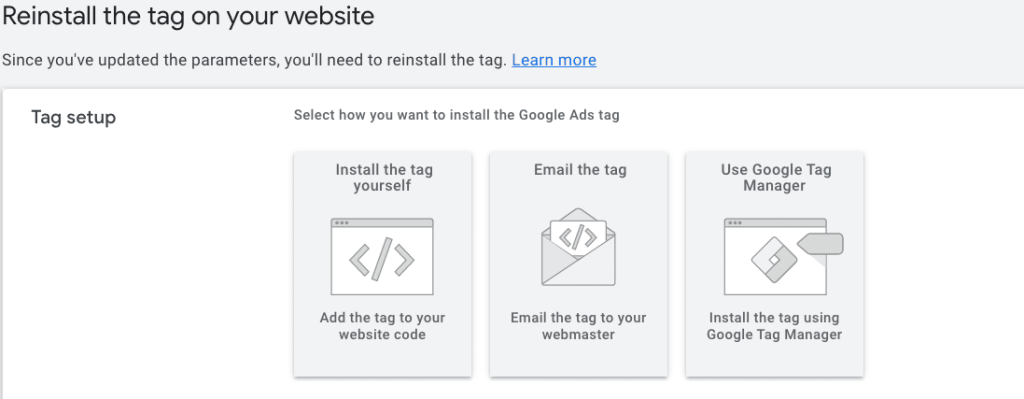
If you have someone more technical at hand, let them worry about the details. But if you don’t, keep reading and we’ll cover the different options for setting up remarketing tags in Google Ads.
Checklist for Setup:
- Install Google Ads tag correctly.
- Link Google Ads with GA4 for advanced targeting.
- Create at least 2-3 audience segments.
- Verify tag functionality in Audience Manager.
Best Practices for Success
To make Audience Remarketing in Google Ads work like magic, follow these proven tips:
- Segment Audiences: Create lists for cart abandoners, product viewers, or repeat visitors. Tailor ads to each group’s behavior.
- Use Dynamic Remarketing: Show specific products users viewed, especially for e-commerce. Ensure your product feed is up-to-date.
- Set Frequency Caps: Limit ad impressions (e.g., 1-2 per day) to avoid annoying users.
- Test Ad Creatives: Run A/B tests on ad copy, images, and CTAs to find what clicks with your audience.
- Exclude Converters: Don’t waste ads on users who’ve already purchased; focus on new opportunities.
- Bid Strategically: Increase bids for high-intent segments like cart abandoners and lower for general visitors.
For example, a Dubai fashion retailer could test ads with “Flash Sale: 20% Off!” for cart abandoners, driving urgency. Working with a Google Ads Agency Dubai can help refine these strategies for local markets.
Measuring and Optimizing Performance
Tracking success is key to refining Audience Remarketing in Google Ads. Focus on these KPIs:
| KPI | Definition | Why It Matters |
| ROAS | Revenue per ad dollar spent | Measures profitability |
| CPA | Cost per conversion | Tracks efficiency of ad spend |
| CTR | % of impressions resulting in clicks | Shows ad relevance and engagement |
| Conversion Rate | % of clicks leading to conversions | Indicates ad and landing page effectiveness |
Use Google Ads reports and GA4 to monitor performance by device, geography, or audience segment. For instance, if mobile users convert less, adjust bids or optimize landing pages. Regular A/B testing and tweaking frequency caps can further Optimize Google Ads Account for better results.
Compliance and Privacy
Running Audience Remarketing in Google Ads requires strict adherence to privacy laws like GDPR and CalOPPA. Key steps include:
- Clear Privacy Policy: Disclose how you use remarketing and collect data. Link to opt-out options.
- Consent Mode: Implement Google’s Consent Mode to respect user cookie preferences, especially in the EU.
- Avoid Sensitive Data: Don’t target ads based on health, race, or other sensitive info to comply with Google’s policies.
Non-compliance risks ad disapprovals or account suspension, so prioritize transparency. A Google Ads Management Dubai team can ensure your campaigns meet local and global regulations.
Conclusion
Audience Remarketing in Google Ads is your secret weapon for turning lost visitors into loyal customers. By targeting warm leads with personalized ads, you can boost conversions, save on ad spend, and keep your brand top-of-mind.
Whether you’re a Dubai retailer or a global e-commerce player, the steps and best practices in this guide will help you succeed. Ready to dive in? Consider partnering with a Google Ads company Dubai to maximize your results and make every click count.
FAQs
What is Audience Remarketing in Google Ads?
It’s a strategy to show targeted ads to users who’ve visited your website or app, encouraging them to return and convert.
How long does it take to set up remarketing?
Basic setup (tag installation, audience creation) takes 1-2 hours. Lists need 1-2 days to populate before ads run.
What’s the minimum audience size for remarketing?
Display campaigns need 100 users; Search and YouTube need 1,000 within 30 days.
Can I use remarketing for e-commerce?
Yes! Dynamic Remarketing is ideal, showing ads for specific products users viewed or abandoned in carts.
How do I ensure privacy compliance?
Use a clear privacy policy, implement Consent Mode, and avoid targeting sensitive categories like health or religion.


